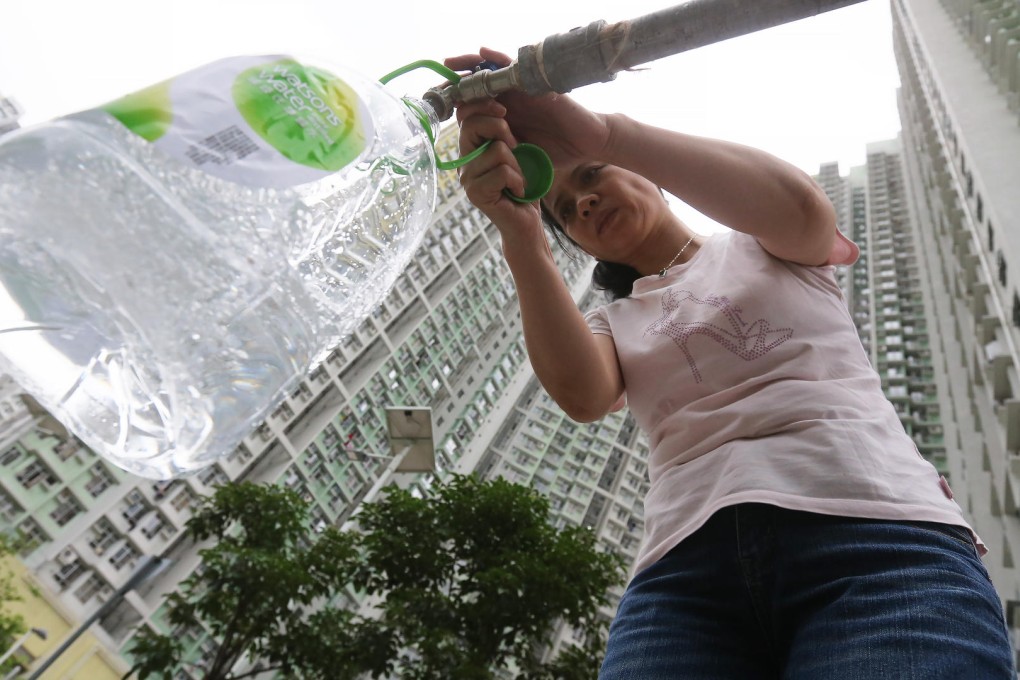Better quality control and upgraded qualification system for plumbers might ensure safer Hong Kong drinking water
With residents panicking about lead in water, a better quality control regime and an upgraded qualification system for plumbers might help

Until a few weeks ago, the safety of drinking water might have been the last thing people fretted about in a city like Hong Kong.

The panic set in after samples from some residential buildings were found to contain more than 10 micrograms of lead per litre, the standard set by the World Health Organisation. While the administration disclosed problematic samples were found in four public housing estates that together cover nearly 8,000 households, civil and political groups that commissioned their own tests argued the contamination was far more extensive.
Some health experts have maintained that Hong Kong water is still safe to drink, but some caution that prolonged consumption of water with too much lead can harm the developing brain and nervous system in children.
How did this debacle happen? Are there gaps in the building process or the monitoring system that is meant to ensure water quality complies with required standards?
While the merry-go-round of finger-pointing is taking place, a closer look into the incident suggests that a tightening of the quality control regime and a professional qualification system with finer division of responsibilities might be needed to ensure the safety of drinking water supplies in Hong Kong.
When the scandal first surfaced at Kai Ching Estate in Kowloon City in an exposé by the Democratic Party over three weeks ago, attention centred on the Housing Department, which oversees public housing projects. The department then named the main contractor that built the estate, China State Construction Engineering (Hong Kong), and the licensed plumber responsible for overseeing the installation of water pipes, Lam Tak-sum.